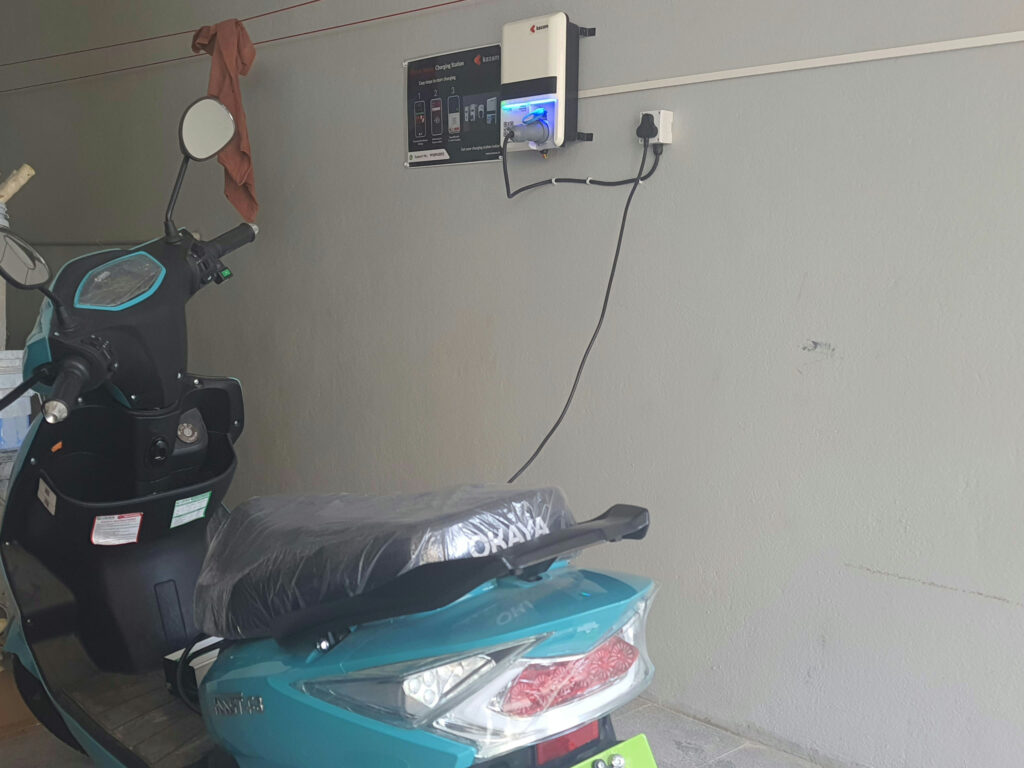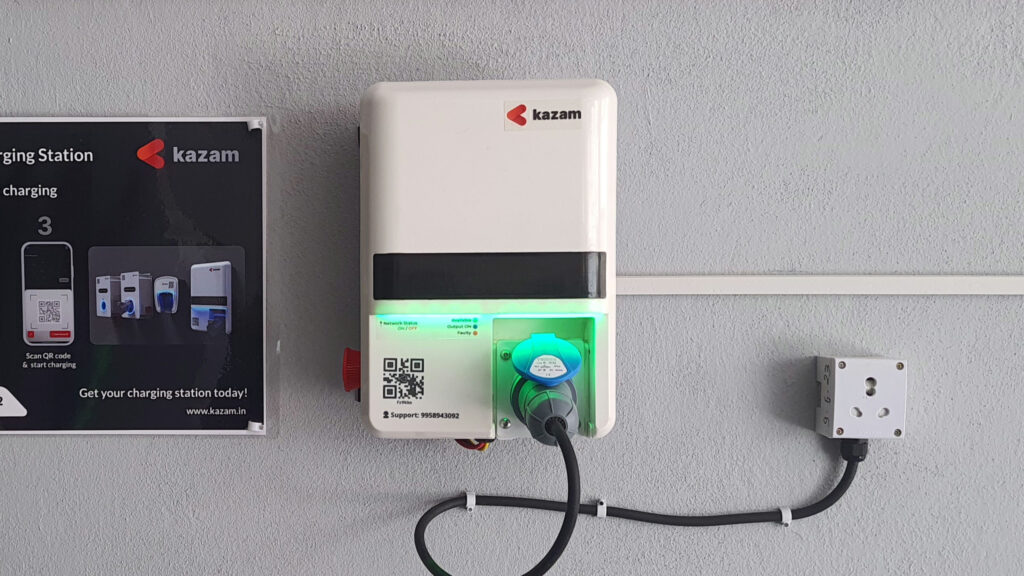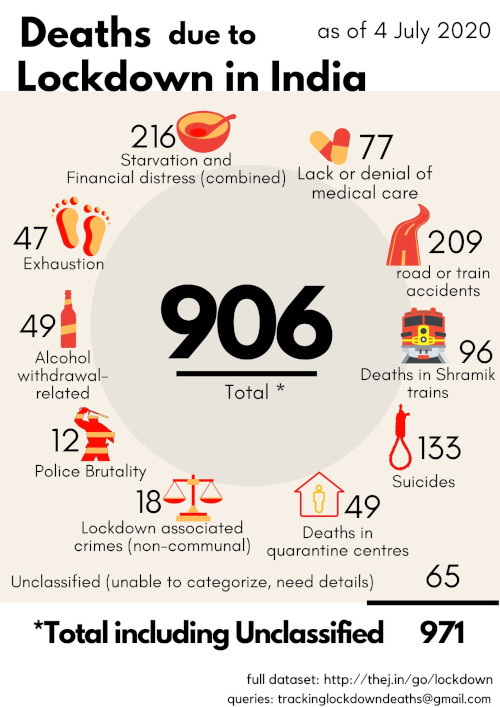Geek’s way of Setting up EV Charger at Home
Most electric vehicles come with a charger that you can use at home. You will usually have single-phase, three-pin plugs rated at 6A/230V or 16A/230 V at home in India. They deliver roughly 1.2kW (kilo watts) and 3.3k, assuming 0.9 as the power factor, but it might be better than that.
Introduction
Most homes that focus on lighting and heating (Geyser or Cooking) will mostly have 3.3kW or less. Since they may only use some appliances at a time, it works. This is probably why most two-wheeler EV manufacturers provide you with 230V/6A or 230V/5A chargers. That way, you don't need an additional kilo-watt supply to your home to charge your EV. Aether Dot, Ola Portable charger, Hero Vida Portable Charger and many more use this, as its portable.
But It takes a long time to charge a battery (even a two-wheeler's one) if one uses a 1.2kW outlet. A 3.3kW or 7.4 kW is much better. I don't know how many two-wheelers can use 7.4kW/Hr power, but many can use 3.3kW/hour power points, i.e., 230V/16A power sockets. And most Car chargers start at 3.3kW at minimum. So ideally, if I get a 230V/16A power socket, then I should be able to charge 2Wheeler relatively fast, and I should be able to slowly charge the 4Wheeler.

Requirements
Then why set up a charging station instead of just 230V/16A socket? Well, I wanted more control and safety features.
- IP54, all-weather outdoor socket
- Overloading and short-circuit protection (MCB)
- Residual current (leakage current) Protection
- Ground Fault detection
- IS/IEC 60309-1:2002 Industrial Socket
- Emergency Stop Button
- Centralized Reporting
- Centralized Authentication
- Certified LEVAC ( Light Electric Vehicle, AC) charging point
As you can see in the above diagram, CMS - Charger Management System is a central agent controlling access, reporting, etc. The physical charger connects to the CMS through Wifi, 4G, or, worst case, the user's BLE (proxy); based on the hardware and network availability. There is a standard protocol for the communication between the charger and the charger management system. So in an ideal world, you can mix and match it. The protocol is called Open Charge Point Protocol (OCPP). The current version is OCPP 2.0.1, but many claims to support the previous stable version of OCPP 1.6. But I have not been able to test it. Hopefully, one day, I will test and report. Currently, there are no real FOSS options for CMS. Do let me know if you know any.
There is also Open Charge Point Interface (OCPI). OCPI is a protocol where the user not part of your CMS can still authenticate to your CMS to charge. It's a server-to-server protocol. This allows users to use a single app/identity and various charger networks. For now, I am not thinking about this.
Options
Given all that, my options were
- ABB Terra AC wallbox
- Ather Neighbourhood Charger
- Kazam LEVAC
- RIOD POWERPOD
- Kirana Charger
- Bolt Earth Pro or LEVAC
Choice
My choice was Kazam LEVAC. It kind of supports all the safety, access, and reporting features I want. It claims to support OCPP. However, I did not test. Their sales team was approachable and responded quickly and answered all my questions. Their support team was responsive and completed the task on time.

Further Reading
- OCPP - 1.6 - Testing Video
- OCPP Protocol - Downloads
- How to Send EV Charging Profiles to Your Open Charge Point Protocol (OCPP) Charging Station
- EVRoaming Foundation
- The Open Charge Point Interface on Github
- ChargeGrid - FOSS OCPP and OCPI Impl
- 2 minute explainer: What's the difference between OCPP and OCPI?
- ISO 15118 - Road vehicles -- Vehicle to grid communication interface
- SteVe recommended by Jijoy as an interesting FOSS project
Next
I want to explore the OCPP and OCPI a bit more. Understand them better. See if I can use them.
Note
You are probably right if you think this is too much for charging a vehicle at home. Just get a 16A/230V, 4 kWatt power socket that is sufficient for your vehicle's portable charger.











3 Responses
[…] got an EV charger installed at home. I wrote about the things I considered before getting it […]
[…] https://thejeshgn.com/2023/06/14/geeks-way-of-setting-up-ev-charger-at-home/ […]
[…] had plans to buy an electric vehicle for a long time. We even have a proper EV charging point at home. I didn't think it was going to be a moped. But come to think of it now, it makes the most […]